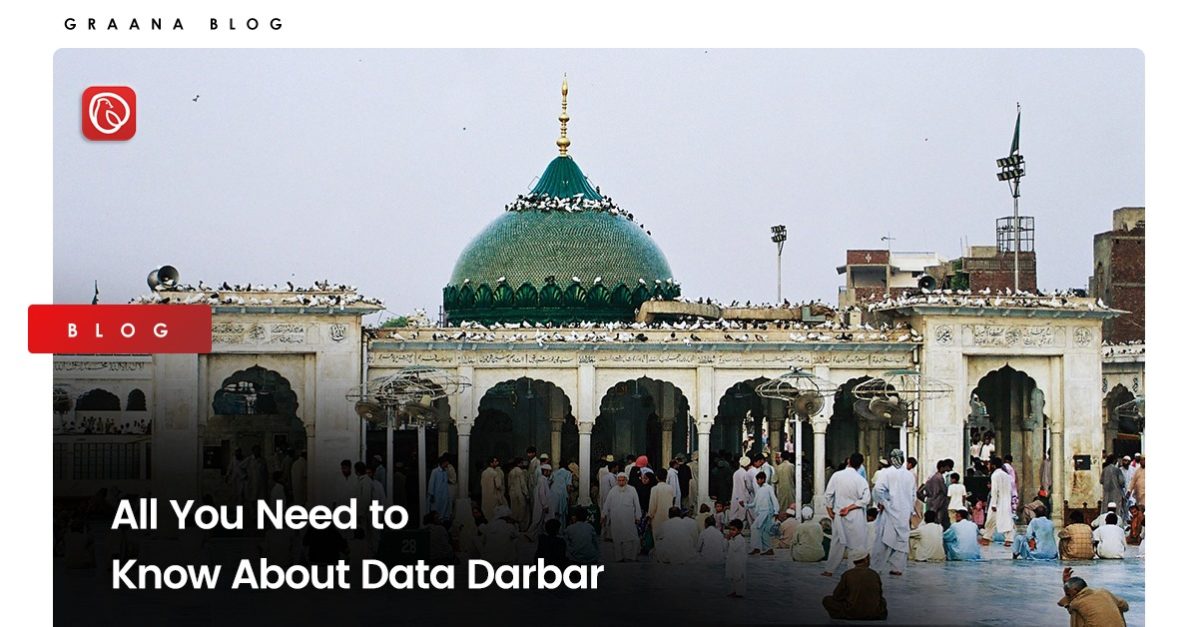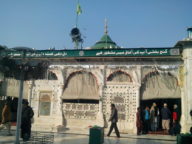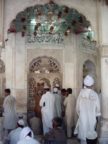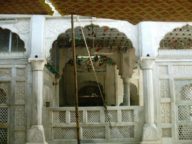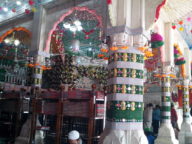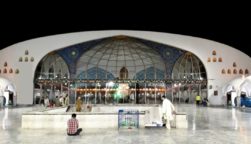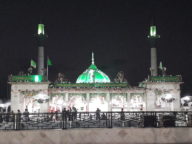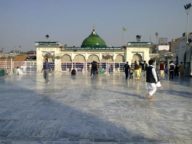Overview of Data Darbar Lahore
Known as the biggest Sufi shrine in all of South Asia, Data Darbar is located in the heart of Lahore, serving as a symbol of Sufism in the present-day metropolis. It was constructed to house the remains of Ali Hujwiri, also known as Data Ganj Baksh, a Sufi saint from Ghazni in present-day Afghanistan. Some individuals misspell it as “Dada Darbar,” but the correct pronunciation is “Data Darbar.”
It is believed that he lived on the site during the 11th century AD. The shrine of Data Darbar Ganj Baksh Lahore is a significant religious site and is considered the holiest place in Lahore. Every year, up to a million people visit the shrine for the annual Urs festival.
In this blog, Graana brings you everything you need to know about Data Darbar.
Location of Data Darbar
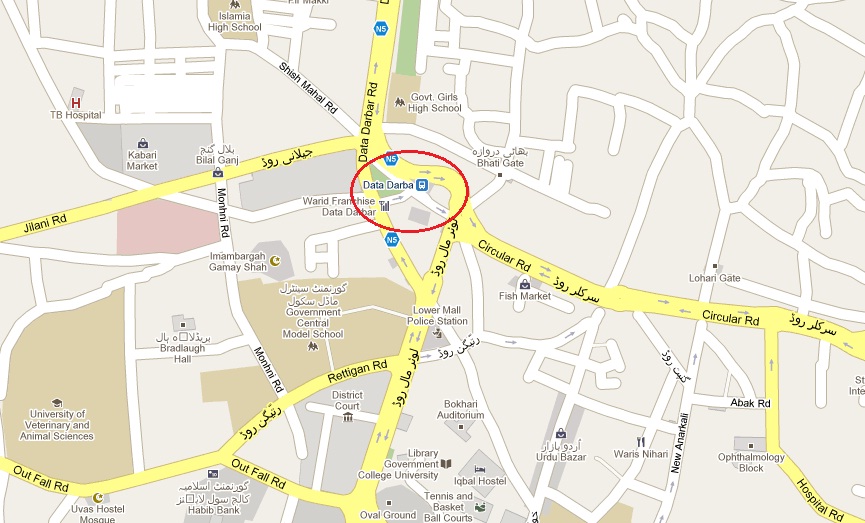
At the heart of Lahore’s historic district, Data Darbar is surrounded by prominent landmarks, including Lower Mall Road, Bhati Gate, Gawalmandi, and Karbala Gamay Shah. The shrine is open 24/7 and allows free entry to all visitors. On an average day, around 30,000 to 60,000 people visit the shrine, but this number can increase twofold on religious occasions and Thursdays, which is the customary shrine night.
During the annual Urs festival, the shrine attracts nearly one million devotees. The shrine is located near the Bhatti Chowk metro station stop.
History of Data Darbar
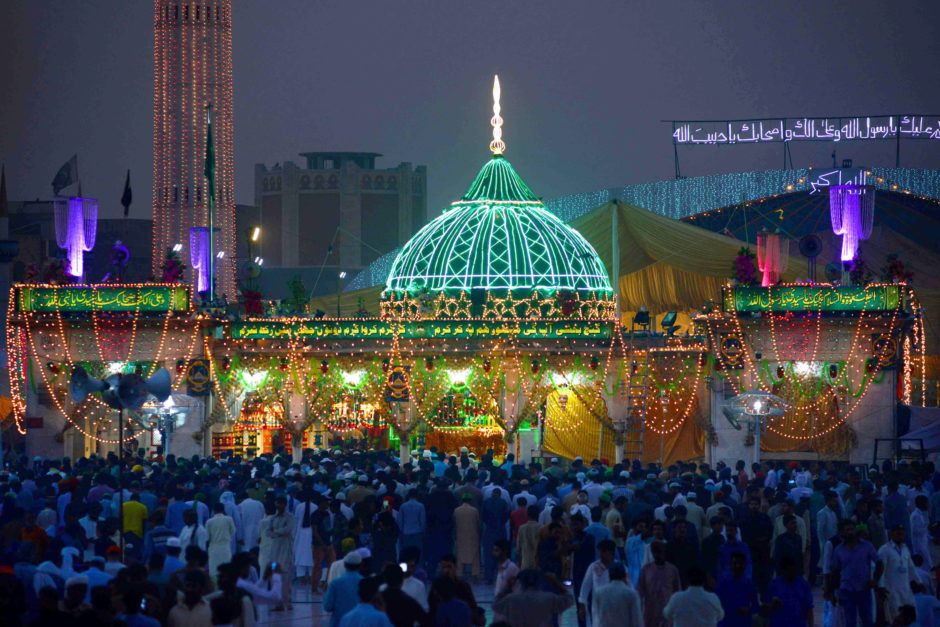
The shrine of Data Darbar has a rich and fascinating history. It all began in the 11th century when a mosque was constructed by Ali Hujwiri on the outskirts of Lahore, and a simple tomb was constructed beside it.
However, it was not until the 13th century when the belief that the spiritual powers of great Sufi saints were attached to their burial sites became widespread in the Muslim world, that a larger shrine was built to commemorate the Hujwiri burial ground.
During the Mughal period, the shrine complex was expanded to include more buildings and facilities. The Hujwiri Mosque was also rebuilt, and the shrine became a popular destination for devotees seeking the blessings of the revered saint. Over time, the shrine has been renovated and reconstructed several times, with the latest expansion and renovation taking place in the 19th century.
Today, the shrine of Data Darbar is one of the magnificent and historic places in Lahore that attracts thousands of visitors and devotees from all over the world. It is a symbol of Lahore’s rich spiritual and cultural heritage. Besides, it is a testament to the enduring legacy of Ali Hujwiri, also known as Ganj Baksh, who is revered as one of the greatest Sufi saints in the world.
Significance of Data Darbar
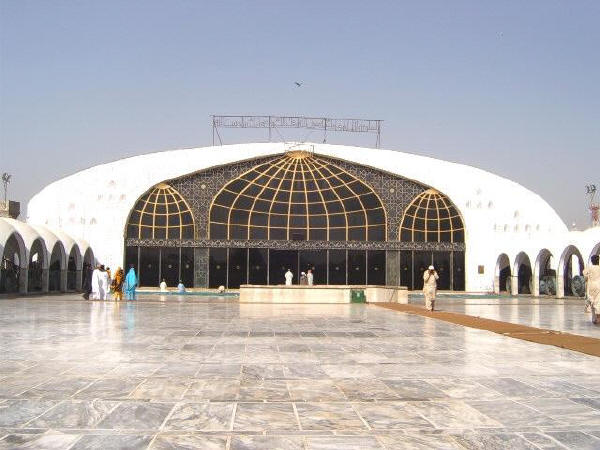
The Data Darbar shrine holds immense significance for the people of Pakistan and especially for the residents of Lahore. It is widely regarded as the holiest site in the city and a place where devotees from all walks of life come to seek blessings, guidance, and solace.
One of the key reasons for the shrine’s significance is that it houses the remains of Ali Hujwiri, also known as Data Ganj Baksh, considered one of the greatest Sufi saints of the Indian subcontinent. His devotees believe Hujwiri’s soul has supreme authority over all Sufi saints in the subcontinent. Also, it is believed that no new Sufi saint can enter the region without obtaining permission from his spirit.
Moreover, the shrine has become Lahore’s major economic, political, and social center. It is one of the few places in the city where people from all walks of life, from the rich to the poor, share space and unite in a spirit of unity and devotion.
Hujwiri’s teachings were critical of certain practices associated with South Asian Islam, such as drug use and dancing. He emphasised the importance of adherence to Islamic tenets, even for Sufi saints. As a result, he is revered not just by traditionalist Muslims who revere Sufi shrines, but also by reformist Muslims who are critical of certain aspects of Sufi practice.
The Data Darbar shrine is not just a religious site but also a cultural and social hub. It has played a significant role in shaping the history and identity of Lahore. It continues attracting devotees and visitors from all over the world, who are drawn to its spiritual aura, cultural richness, and message of unity and compassion.
The Architecture of Data Darbar
The Ali Hujwiri (Data Darbar) shrine was built during the Mughal era, with the tomb made of intricately carved white marble. The tomb is surrounded by a spacious marble plaza. The area now also includes a modern educational institution that incorporates contemporary architectural styles.
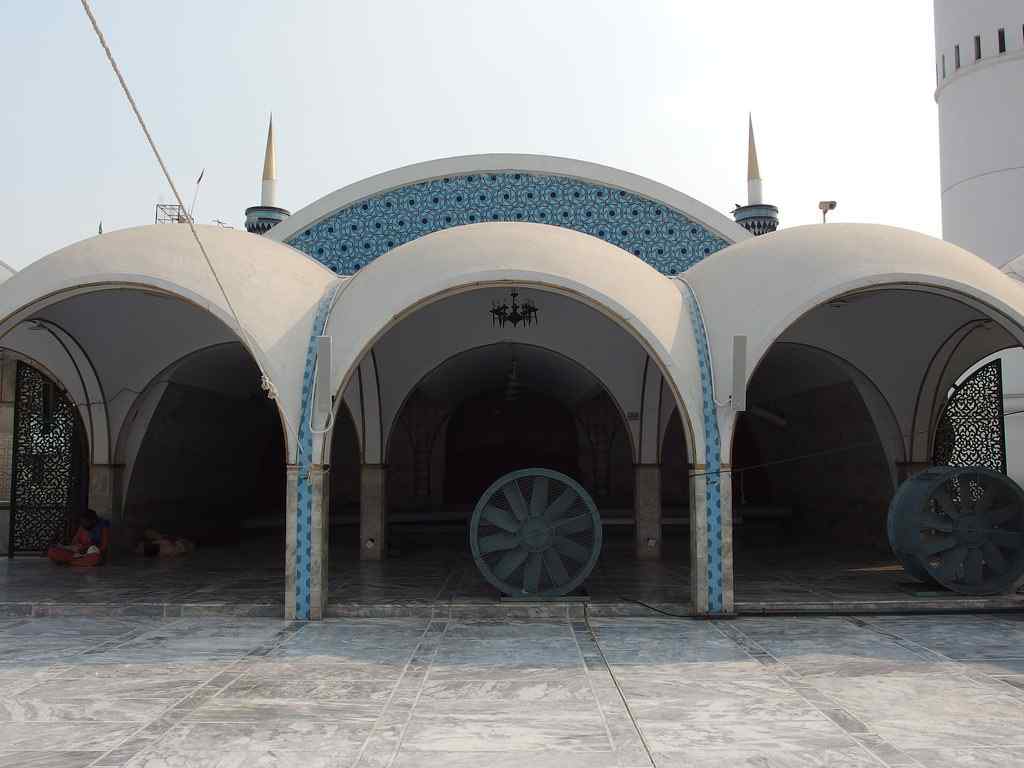
Social Services
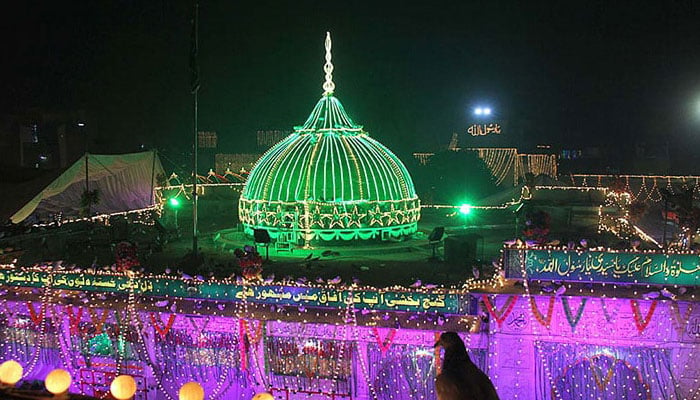
The shrine’s popularity is evident in the staggering number of visitors it receives each day. With its 24-hour accessibility, the shrine sees anywhere between 30,000 to 60,000 daily visitors, doubling on religious days and Thursdays.
The annual Urs festival, a traditional night festival, draws in up to a million devotees each day, despite lasting only three days. This makes the Data Darbar one of the best places in Lahore to visit at night. Beyond its religious significance, the shrine also serves as a hub for social services. It extends aid to disadvantaged citizens in various ways.
As part of a 1000-year-old custom, the shrine provides complimentary food to over 50,000 visitors daily. Additionally, those going through personal struggles often donate money, in line with Islam’s emphasis on feeding the destitute.
Management of Shrine
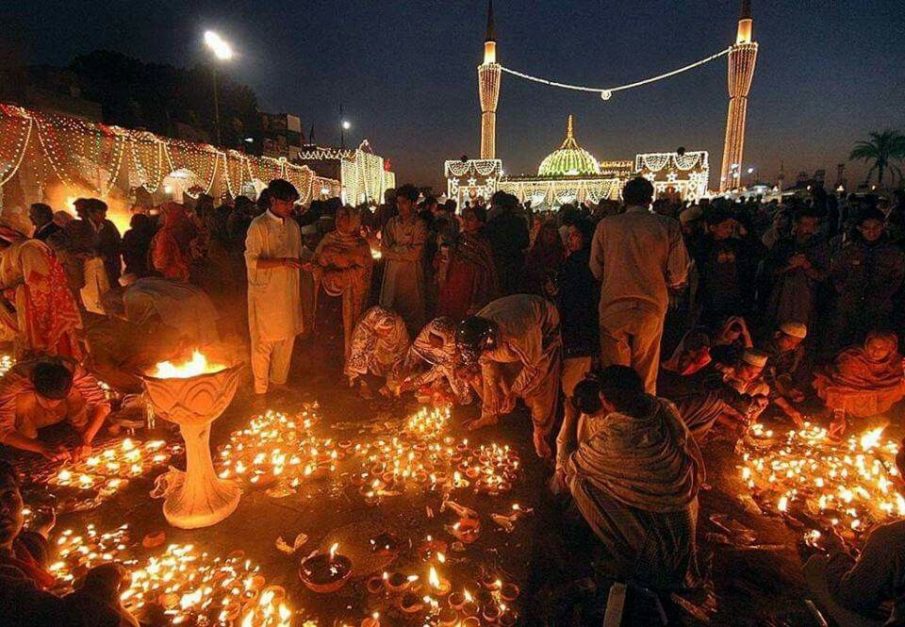
Under the Auqaf Ordinance 1960, the shrine is managed as a part of the Auqaf Foundation. About 200 full-time staff manage the shrine, excluding security services. Among the approximately 400 shrines under the control of the Auqaf Board in the Punjab province, this shrine generates the most revenue and contributes around 33% of the board’s revenue.
The shrine’s revenue is four times higher than the amount spent on its upkeep. Religious practices and preaching at the shrine are subject to greater government regulation than other shrines in Pakistan due to its importance.
In 1960, the Pakistani government took control of the shrine as part of the Auquf Ordinance to prevent shrine administrators from financially exploiting devotees.
The shrine was expanded greatly in the 1980s, becoming the largest in South Asia, with the addition of offices for NGOs, a library, madrasa, police station, parking lot, and offices. Since then, dedicated spaces for musical performances and a new free kitchen have been added. As a result of the shrine’s massive expansion, new markets have emerged around the site.
The mehfil-e-sama, a two-day qawwali music festival, was held next to the shrine from 1965 until it moved to a nearby school in 1992. The Hujwiri shrine is housed in a Mughal-era tomb made of carved white marble, surrounded by a massive marble courtyard. The new educational institution in the shrine complex uses modernist architecture.
Who Built the Data Darbar?
Originally constructed during the 11th century by Sultan Zakiruddin Ibrahim of the Ghaznavi dynasty, the shrine has undergone multiple expansions over time. However, its groundwork can be mostly attributed to the Ghaznavis.
This was all about the Data Darbar of Lahore. For more information on relevant topics such as Tomb of Baba Bulleh Shah, visit Graana Blog.
Data Darbar Gallery
FAQs
Here are some FAQs related to Data Darbar
Who was Hazrat Data Ganj Bakhsh?
Hazrat Data Ganj Bakhsh, whose real name was Abul Hasan Ali ibn Usman al-Jullabi al-Hajvery, was an 11th-century Sufi saint and mystic. He authored the famous book “Kashf al-Mahjub.”
Where is Data Darbar located?
Data Darbar is located near Bhati Gate in the heart of Lahore, Punjab, Pakistan. It is easily accessible and a prominent landmark in the city.
What is the significance of Data Darbar?
Data Darbar is a significant spiritual and cultural center. It attracts thousands of devotees, pilgrims, and tourists seeking blessings and spiritual solace.
When is the Urs festival held at Data Darbar?
The annual Urs festival at Data Darbar is held in the Islamic month of Safar. It commemorates the death anniversary of Hazrat Data Ganj Bakhsh and includes religious ceremonies and festivities.
Can non-Muslims visit Data Darbar?
Yes, Data Darbar is open to people of all faiths. Visitors can enter the premises and witness the spiritual atmosphere and architecture.
What facilities are available for visitors at Data Darbar?
Data Darbar provides facilities such as prayer areas, water for ablution, and security arrangements. There are also stalls selling religious items and food.
What is the architectural style of Data Darbar?
Data Darbar features a fusion of Mughal and Islamic architectural styles. Its grand entrance, white marble exterior, and intricate decorations are notable.
How old is Data Darbar?
Data Darbar’s history dates back over a millennium to the 11th century. It has been a place of veneration for generations.
Is photography allowed inside Data Darbar?
Photography is generally discouraged inside the main shrine area as a mark of respect to the sanctity of the place.
Read More
